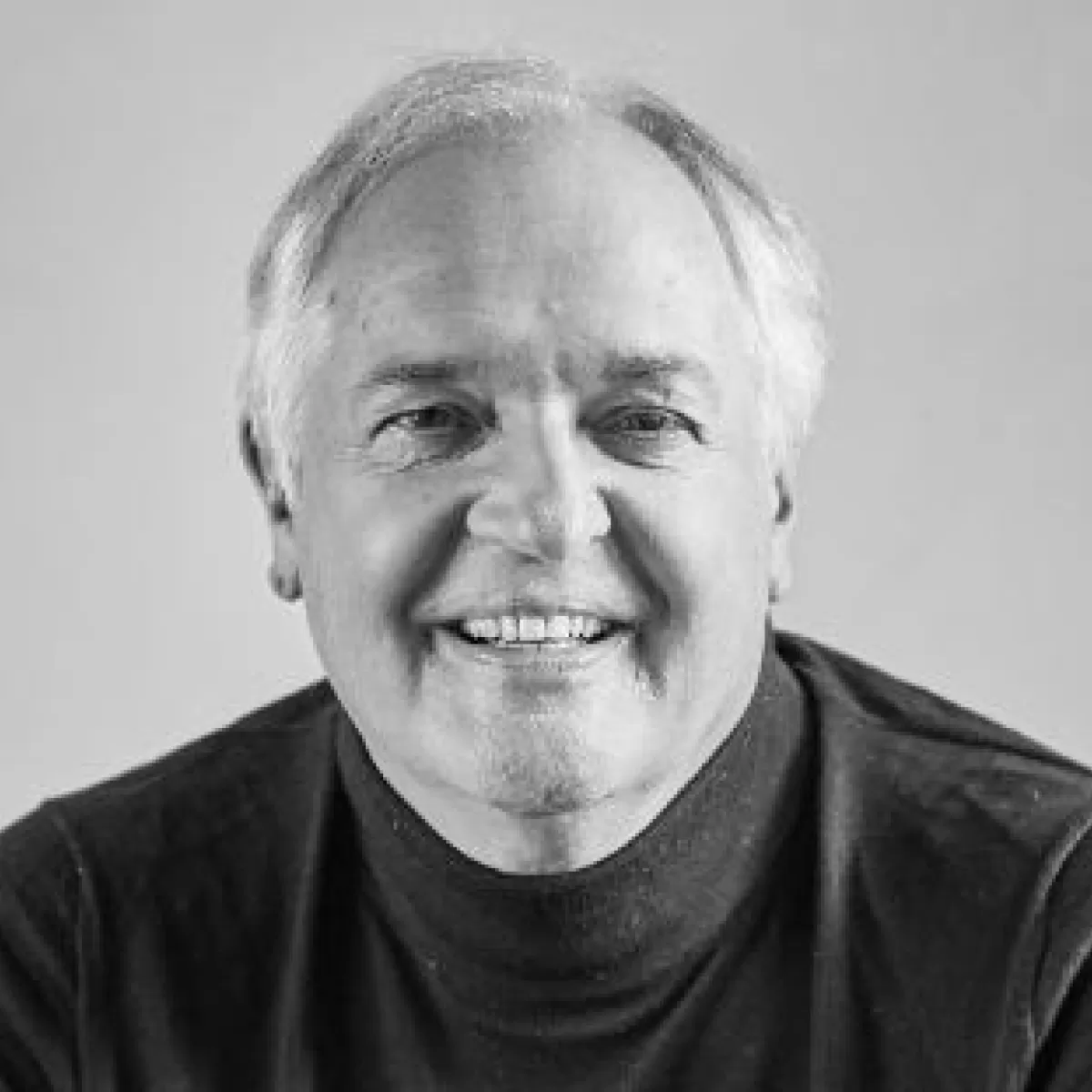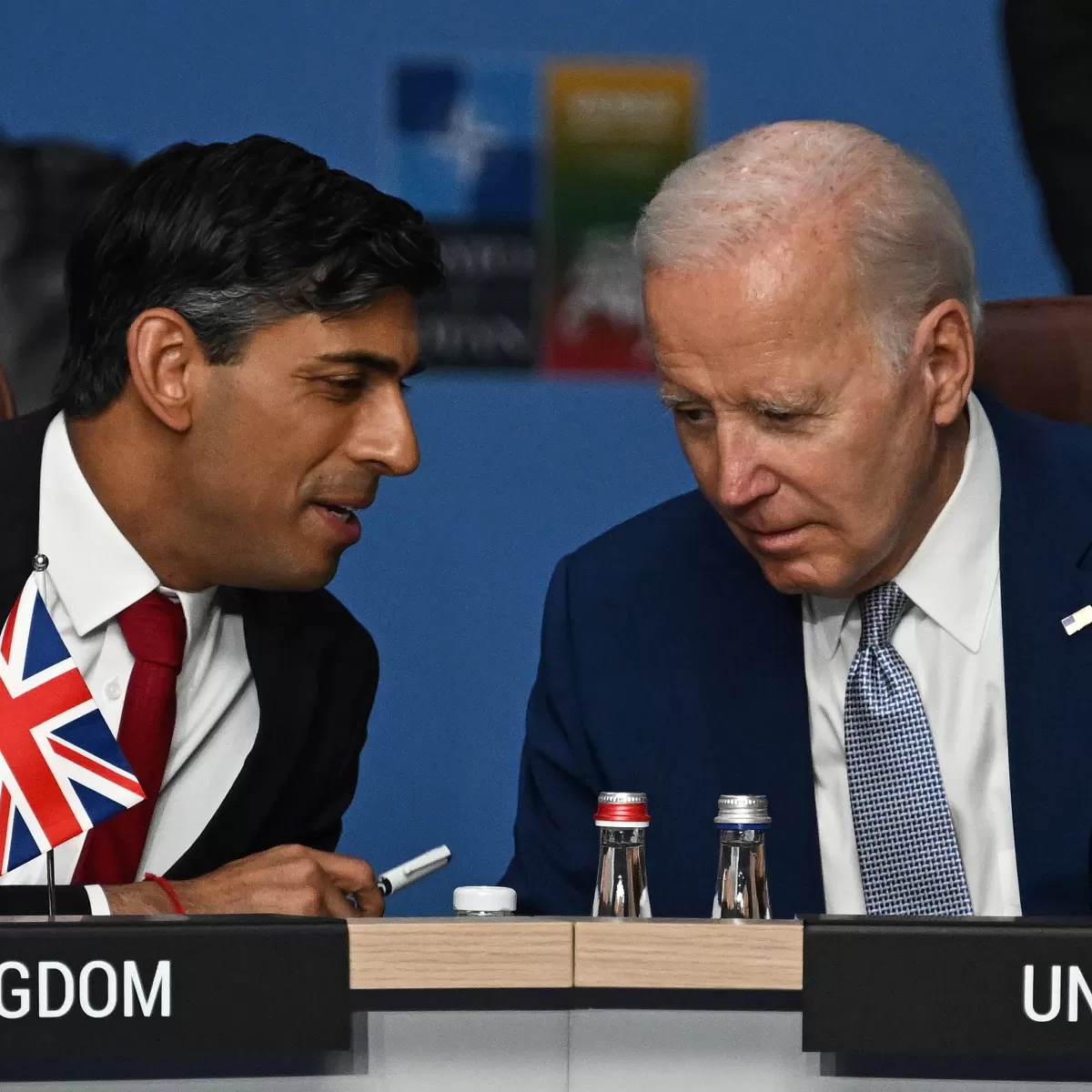This website uses cookies. Learn more
Translating Purpose into a Blueprint for Employers

This post follows the Lansons x The Financial Services Forum event, ‘Translating Purpose into a Blueprint for Positive Action' hosted November 25, 2021. Sign up to the newsletter for future event invites.
-
Recently I had the privilege of joining a panel on Purpose, speaking alongside Sally Allan, CMO at Wealthify and Robin Nuttall, Partner and specialist in ESG at McKinsey.
As a change comms specialist, where much of my work involves influencing behaviour in organisations, I felt that “positive action” means addressing the “say, do” gap. Because, stating a Purpose is not the same as being purposeful.
BrewDog is a great example of an organisation not acting on its Purpose promises. In the summer, ex-employees came together calling themselves “Punks with Purpose” – Punks being a term widely used within Brewdog - to whistle-blow on the company’s toxic culture and the gap of what they were saying vs. doing, causing a severe knock to their reputation. Punks with Purpose is now an activist organisation turning to other toxic brands.
When organisations begin their Purpose-led journey, they’ll typically start by defining their Purpose statement.
It’s then that the real challenges begin.
For one of our clients, it was about: How to get 15,000 people, working across world, to understand the Purpose deeply enough - individually and collectively - so that they know what to do and most importantly, want to take action?
The answer lies in understanding human behaviour - how we’re influenced by both rational and emotive levers before we can take action and ‘do’.

In our experience so far, we have four key lessons, which I believe can be applied to any organisation:
1. Educate: do deconstruct the Purpose statement and its ambitions so it’s relevant to business areas, teams and individuals; and don’t expect people to remember if you only say it once – repeat lots of times and in different ways to get people engaged and maintain that engagement.
2. Collaborate: actively listen and invite co-creation of your purpose activation strategy. This is the opposite to a top/down approach. It’s important because people on the ‘shop floor’ are the mostly likely ones to find solutions. Psychologically, we know that when people feel listened to, valued and involved they’re more likely to believe and take responsibility.
This also applies to your cynics – or ‘purpose doubters’. Actively seek them out because, rather than them undermine your Purpose ambitions, ‘listening and involving’ them in identifying the gaps can help strengthen it.
3. Build momentum: activation is an incremental journey – it’s a long-term commitment. So, don’t try to do everything at the same time. People will feel too overwhelmed; and then won’t do anything.
Start with the simple stuff that can be a quick fix and then use this to create momentum and belief that being ‘Purposeful’ can happen.
4. Strengthen leadership: as with any corporate agenda, a long-term purpose plan will fail without clear leadership. This is not and can’t be, just about the CEO. Leaders at all levels of the organisation must be aligned, championing the purpose and actively helping their teams to deliver.
Interestingly, one hot question asked at the event, was; “What are the frequent barriers to the ‘say-do’ purpose gap?”.
From a behavioral-change view, there are three big barriers…
1. Fear of change – we get anxious about the unknown and our brain is wired to fight-or-flight
2. Feeling overwhelmed by the complexity or scale of ambition
3. Difficult, sensitive and commercially challenging decisions that need to happen to deliver on promises
One key enabler is brave leadership.
Paul Polman – the ex-CEO of Unilever renowned for kick starting Purpose-led commercial businesses - was once asked what’s needed for Purpose driven organisations. He said, courage.
Leaders need courage, determination and conviction to see their Purpose promises through.

In summary, stating purpose and being purposeful are not the same thing... And behaviour change has a mighty role to fill in that ‘say, do’ gap!
**
Do you have your activation strategy planned?
Road-test your plans with Suzanne Ellis, Partner, Director + Change & Employee Engagement Lead.













